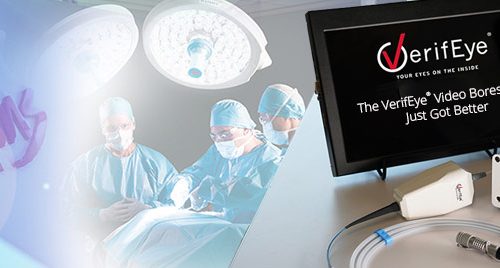Keep the Flow Going in Decontamination
Best practice and AAMI recommends cleaning instruments as soon as possible. Not only does it keep the flow going, but it improves quality outcomes.
I love decontamination. To me, it’s the most important step in the instrument journey. If your instruments aren’t clean, then nothing else matters. Our topic this week is short and sweet. We need to Keep the Flow Going in decontamination. Recently I visited two hospitals where decontamination was lost in a sea of backlogged case carts and instruments waiting to be processed. While bio-burden slowly dried on instruments, staff became frustrated at the amount of work building up.
Best practice and AAMI recommends cleaning instruments as soon as possible. It’s easier, better for the instruments, and improves quality outcomes.
To help hospitals keep the flow going, I share the following tips:
- Decontamination is a “push” process and should be the poster child for continuous flow. You need to push the work through as it arrives rather than trying to prioritize instruments. First in, first out with no backlogs. That is continuous flow.
- Create a staffing plan for decontamination that mirrors the case end times in the OR. Staffing should increase at the same time the case carts begin arriving. If first cases start breaking at 10am, then decontamination staff should increase at 10am as well. Decontamination is the perfect area to utilize mid-shift employees.
- Ensure your physical environment can handle the work. Sinks, sonics and instrument washers need to be able to handle the workload without backlogging. Take your average time at each step, such as 5 minutes at the sink per tray, 10 minutes in the sonic per tray, and 30 minutes in the washer for six trays and determine if you have the capacity to keep up with the incoming workload.
- Give your team the tools and information needed to do their job correctly every time without relying on their memory. Decontamination is hard enough without trying to remember every IFU and instructions for cleaning for every instrument possible. Set-up computers at the sinks, barcode your trays, and then enter the cleaning instructions in a simple manner so that staff can scan the tray and read what needs to be done. We now have an electronic record that we cleaned the instruments correctly!
Read any PROCESS PROs you’ve missed HERE.



